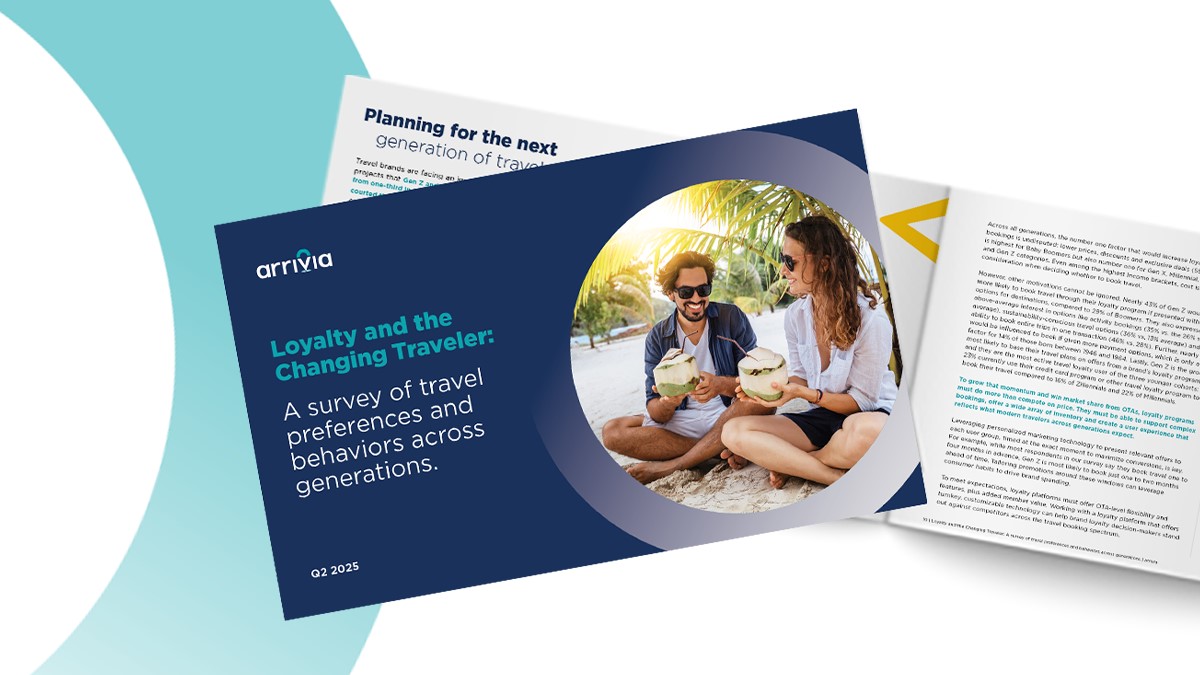When it comes to effective loyalty programs, deep-rooted brand loyalty isn’t the result of clever program names or attractive platform design. It’s not even the byproduct of an enjoyable social media presence or a mobile loyalty app. So, how do loyalty programs influence consumer behavior, if not with their branding, marketing, and loyalty technology? The answer is psychology.
The mechanisms at play within effective loyalty programs leverage fundamental human behaviors and desires, such as intrinsic and extrinsic motivations, to foster continuous customer engagement and ultimate retention. In this guide to effective loyalty programs, discover how loyalty schemes are designed to reward members and resonate with consumers on a psychological level.
The Principle of Reciprocity in Effective Loyalty Programs
A successful loyalty program is the culmination of several psychological principles, most notably the principle of reciprocity detailed in Edward Thorndike’s 1898 Law of Effect. The Law of Effect theorizes that “reward is more impactful than punishment” and that positive outcomes are more likely to be repeated than negative consequences.
With effective loyalty programs, brands encourage continued patronage by offering various rewards, discounts, and exclusive benefits in exchange for behaviors like purchases and program sign-ups. For consumers, this reciprocity signals these behaviors are positive and incur positive outcomes. This principle also taps into consumers’ extrinsic motivation, or the desire to earn external rewards.
The Role of Consistency and Commitment
While the principle of reciprocity is the key mechanism that supports effective loyalty programs, consistency, and commitment are also integral customer retention strategies to promote brand loyalty. Effective loyalty programs influence customers to commit to consistent purchasing behaviors through commitments of their own, such as offering tiered rewards systems.
Tiered rewards systems allow higher-spending customers to receive higher-level perks for consistent loyalty. As per a 2023 loyalty program report, “status tiers that provide new rewards at higher levels” are now one of the top five priorities for loyal customers. More than 62% of customers strongly agree that tiered systems make them feel appreciated for consistent purchases.
Social Proof and Community Building in Effective Loyalty Programs
We’ve mentioned that effective loyalty programs differ from an enjoyable social media presence or a mobile app. However, these elements support community building and social proof, which impact consumer behavior. In particular, loyalty programs create a sense of belonging and community, enhancing customer brand loyalty.

Loyalty programs that feature community elements, like member exclusives or shared experiences, tap into the power of social proof, especially when you consider how many shoppers turn to their community for brand recommendations. In fact, 62% of consumers voted whether a brand works hard for community building as an essential or critically important driver of brand loyalty.
The Scarcity Principle in Effective Loyalty Programs
Another psychological principle in effective loyalty programs is Robert Cialdini’s scarcity principle. This principle states consumers “place a higher value on goods that are scarce than on goods that are abundant” and “scarcity causes a surge in demand.” In layperson’s terms, this means that the perception of scarcity in loyalty programs can increase the perceived program value and desire for membership.
However, the perception of scarcity should translate to something other than loyalty programs that are difficult to join or impossible to find. Instead, programs should employ language that infers exclusivity and limited quantity, such as “limited time offer” or “while supplies last,” to drive the perceived value of memberships. Tiered rewards systems and unique rewards can also contribute to perceived value.
Personalization and the Influence of Feeling Special
Last but certainly not least, do not neglect the power of personalization in loyalty programs. Effective loyalty programs must be designed to make members feel recognized and valued individually. By analyzing consumer behavior on a shopper-by-shopper basis, brands can offer tailored communications and customized loyalty rewards that deepen emotional connections.
For example, arrivia recently worked alongside four cruise line partners to develop a print media marketing campaign targeting loyal cruise customers. Customers received a personalized direct mailer based on their most recent online travel searches and bookings. The result? Customers who received a personalized mailer were four times more likely to book a cruise than those who didn’t.
Arriva for Effective Customer Loyalty Programs
Effective loyalty programs are grounded in decades-old psychological principles. However, chances are, you’re not a psychologist — you’re a marketer, strategist, manager, or business leader — and the mechanisms of loyalty programs are not your area of expertise. Luckily, the expert team at arrivia has been designing time-tested solutions for loyalty and rewards programs since 1997.
Arrivia is the world’s largest stand-alone travel loyalty provider, providing white label travel booking technology that can be crafted entirely to maintain your company’s branding and existing loyalty ecosystem. We can even help create a tiered rewards system with a flexible loyalty currency. Explore our solutions today to initiate an effective loyalty program powered by arrivia!




